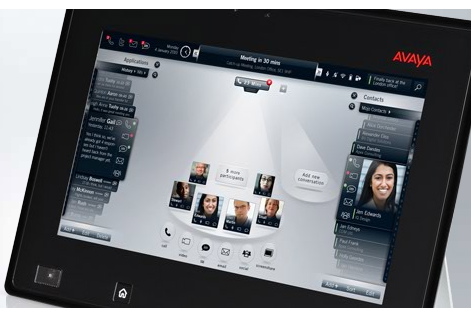Here's a short rebuttal of a discussion about video over IP markets.
"Voice over IP (VOIP) will not necessarily bring the cost reductions companies expect and video deployment will more than likely outpace voice over networks, says Gartner analyst Neil Rickard. While the focus is often on voice in the converged network, Gartner forecasts that through 2006, 70% of Global 2000 enterprises will deploy video over IP before deploying VOIP."
Video is really two segments. Video conferencing done in distributed conference rooms with cameras and TVs is a distinct segment from desktop video, which is done from a webcam on the PC. With this statement, Mr Rickard is clearly describing the video conferencing segment and not the desktop market.
Today, video conferencing suites for many corporations are numbered in the double digits. Networking is the use of ISDN services. These circuit switched services are long hold times since video conferencing in this application is typically a method to eliminate travel and gather workers into a small number of key sites for multi-hour meetings. Migrating these implementations into a video over IP is a common and popular method to eliminate the high cost and low flexibility of ISDN circuits and systems. It would be surprising if at least 50% of the Global 2000 were not already doing this type of video conferencing over IP.
In contrast, IP telephony addresses a different challenge. Here the PBX network is distributed to individual offices, and in the case of digital telephony offers only 64 kbps of bandwidth. Ethernet, on the other hand, is readily available in the same office, with bandwidth of 100 Mbps being common. However, to meet the users’ need for quality of service and a single cable in the wall, the Ethernet switching infrastructure needs to support 802.1q packet prioritization service (so that printing or web surfing won’t affect audio quality) and Power over Ethernet.
The primary benefits of implementing an IP Telephony solution over a digital PBX, such as the 3Com NBX or VCX, goes to the ease of administration – users can move their phones from one office to another, or login to a different IP phone tomorrow while taking their preferences and speed dials with them. This eliminates a huge part of the ongoing cost of maintenance.
IP telephony and convergence also has a role to play in improving user productivity. Increasingly instant messaging or presence services are used to determine a person’s availability to participate in a call, saving wasted voice mail, bandwidth and voice mail tag. Users can click on a person’s name in their ‘presence list’ to initiate a telephone call.
And as Session Initiation Protocol gains momentum inside the enterprise for IP telephony service, the infrastructure for call control, authentication, privacy, location, presence and management services which was implemented for IP telephony can equally be leveraged for video conferencing, desktop video conferencing, IP telephony and document sharing.
IP telephony will be an important investment for the Global 2000 as new convergence applications such as these are enabled with the same infrastructure. Companies will not be able to ignore the benefits of higher productivity, stronger customer interactions and lower costs that can only come from a company-wide implementation. In fact, it is a powerful premise that the Global 2000 will realize that these benefits are only possible once they consider their telephony infrastructure as an enterprise application.









